Vasopressin – Critical Care and Endocrine Therapy Agent
Vasopressin, also known as arginine vasopressin (AVP) or antidiuretic hormone (ADH), is a naturally occurring peptide hormone used in medicine as a potent vasoconstrictor and water-balance regulator. Pharmaceutical-grade vasopressin is synthetically produced and supplied as an injectable solution for use in intensive care units, emergency settings, and certain endocrine disorders. Its primary functions include constricting blood vessels to increase blood pressure and regulating water reabsorption in the kidneys. In clinical practice, vasopressin is an essential agent for managing vasodilatory shock that is unresponsive to fluids and catecholamines, as well as for treating central diabetes insipidus and other rare conditions.
Vasopressin is often administered intravenously in a controlled hospital setting for shock management, but it can also be given intramuscularly or subcutaneously for other indications. It is included in advanced cardiac life support (ACLS) protocols in specific scenarios, reflecting its critical role in patient survival during severe hypotensive states.
Key Benefit Vasopressin
-
Restores blood pressure in vasodilatory shock when other agents are insufficient
-
Regulates water retention and prevents excessive fluid loss in diabetes insipidus
-
Reduces portal hypertension in certain gastrointestinal bleeding conditions
-
May be used diagnostically in abdominal radiography preparation
-
Provides predictable hemodynamic effects in intensive care environments
Scientific Backing and Application Vasopressin
Vasopressin acts on V1 receptors in vascular smooth muscle to cause vasoconstriction, and on V2 receptors in the kidneys to promote water reabsorption. Its role in shock management is supported by clinical guidelines recommending it as an adjunct to norepinephrine in septic shock patients. In endocrine care, vasopressin replacement can be life-saving for those lacking endogenous production.
Learn more about the mechanism, history, and applications of this compound on Vasopressin – Wikipedia.
Administration and Usage Vasopressin
-
For vasodilatory shock: Continuous IV infusion in an intensive care setting, starting at 0.01–0.03 units/min, titrated as needed
-
For central diabetes insipidus: IM or SC injection every 8–12 hours as directed by a physician
-
Monitoring: Blood pressure, urine output, electrolytes, and serum osmolality
Stack Suggestions Vasopressin
While vasopressin is not “stacked” in the bodybuilding or performance-enhancement sense, in clinical use it is commonly combined with norepinephrine for refractory septic shock and may be part of a multi-drug regimen in critical care protocols.
Frequently Asked Questions
What is vasopressin used for?
It is used to treat vasodilatory shock, central diabetes insipidus, certain gastrointestinal bleeding cases, and in diagnostic procedures.
Is vasopressin the same as ADH?
Yes. Vasopressin is the pharmacologic form of the antidiuretic hormone naturally produced by the hypothalamus.
How is it administered?
It is most often given by IV infusion in a hospital for shock, and IM or SC for endocrine uses.
Is vasopressin safe?
When administered in a monitored setting by healthcare professionals, vasopressin is considered safe. Side effects may include reduced heart rate, arrhythmias, and hyponatremia.
Can it be used outside of a hospital?
No. Due to its potent effects and monitoring requirements, it is strictly used in medical facilities.
To better understand the role of vasopressin in critical care and its physiological functions, visit Vasopressin – For those interested in related hormone-based therapies, consider Desmopressin —consider Supermed 10 — a fast-acting Dianabol-based gainer that can be strategically paired in multi-phase transformation programs when transitioning between muscle-building and recovery-focused protocols.

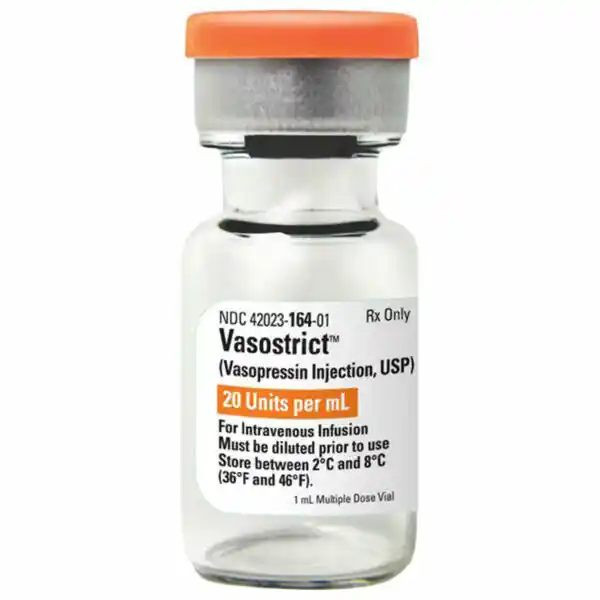
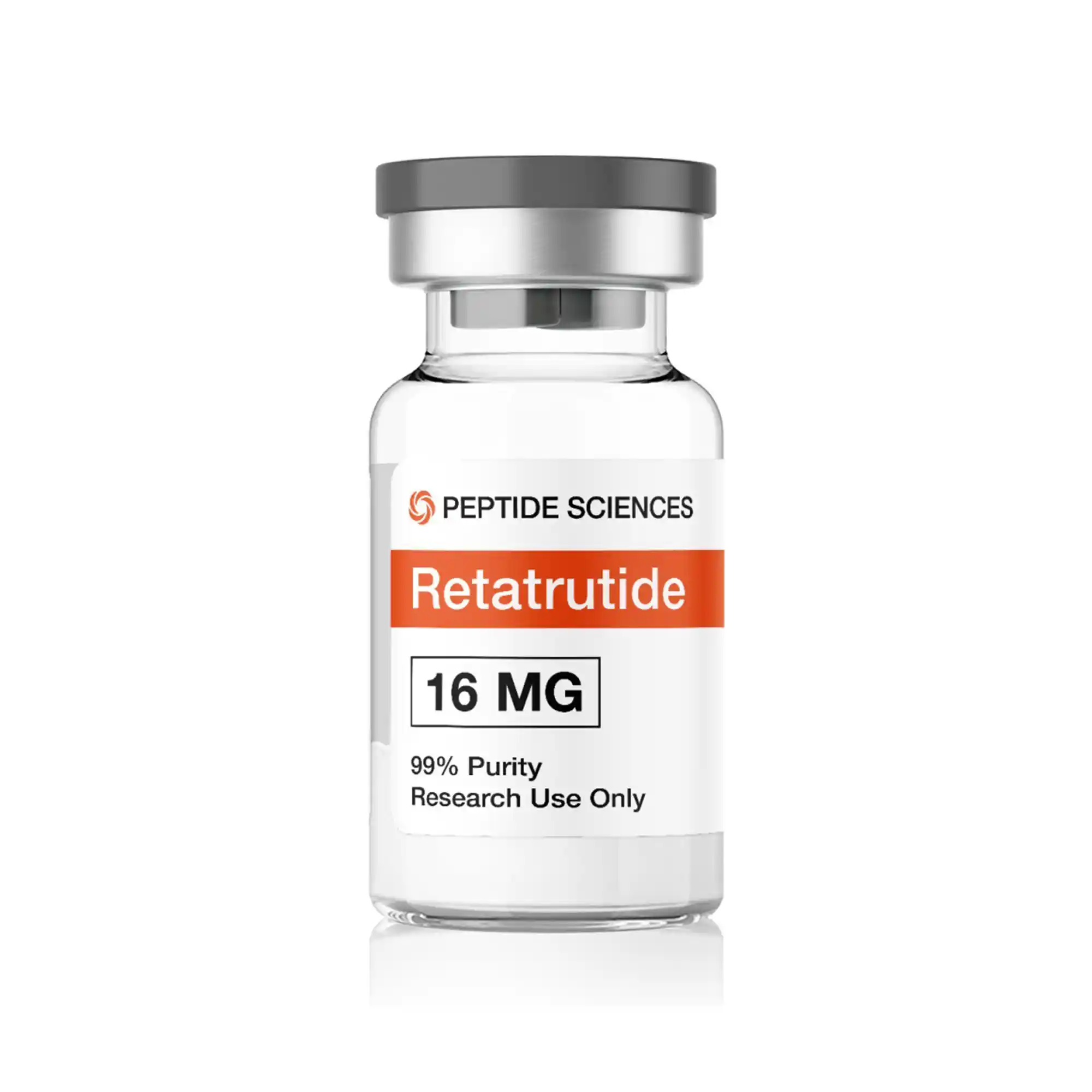
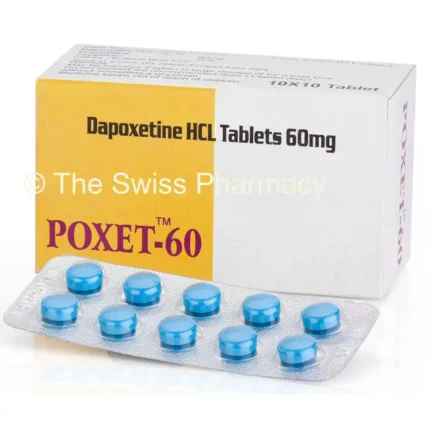
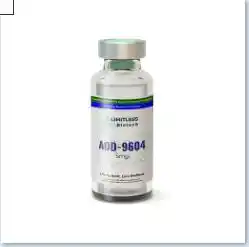
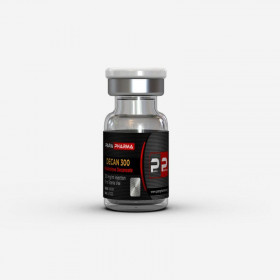


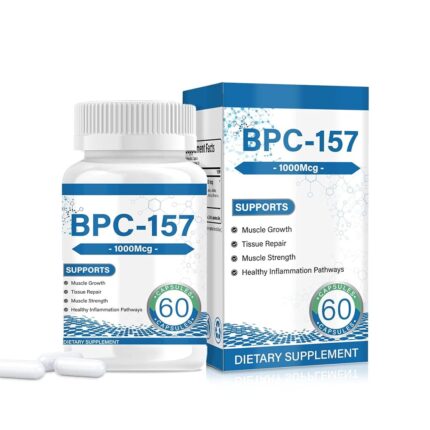
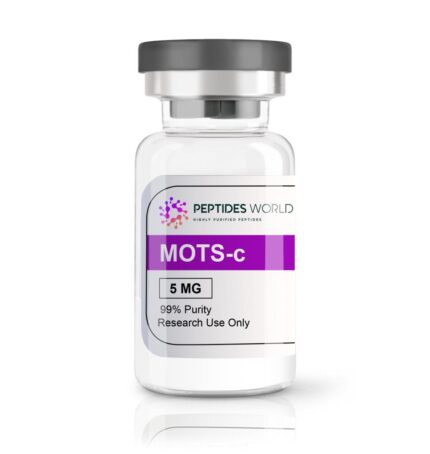
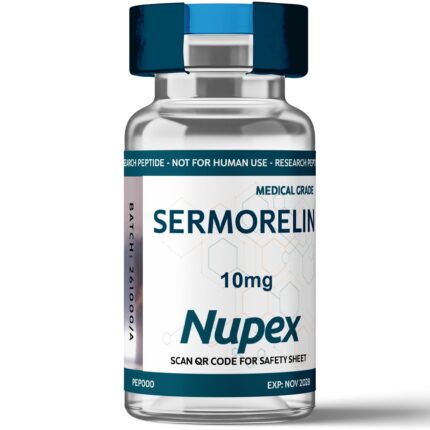
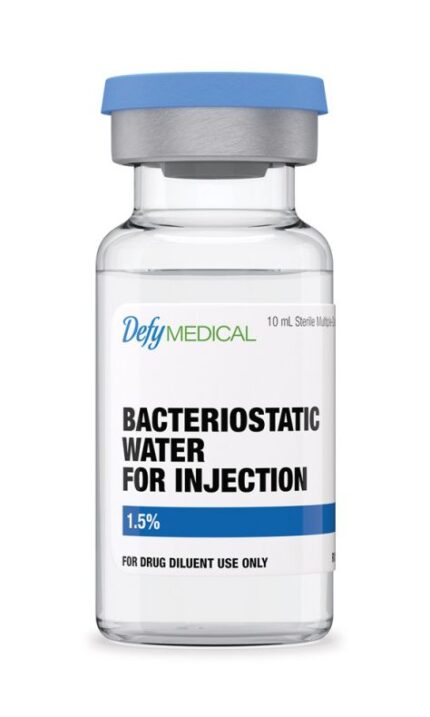
Reviews
There are no reviews yet.